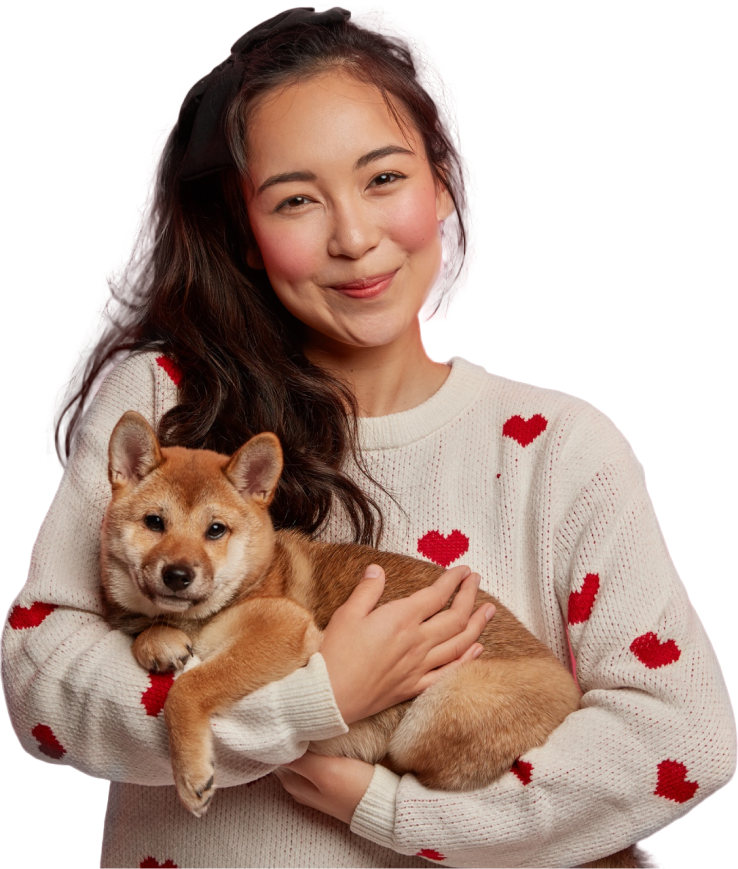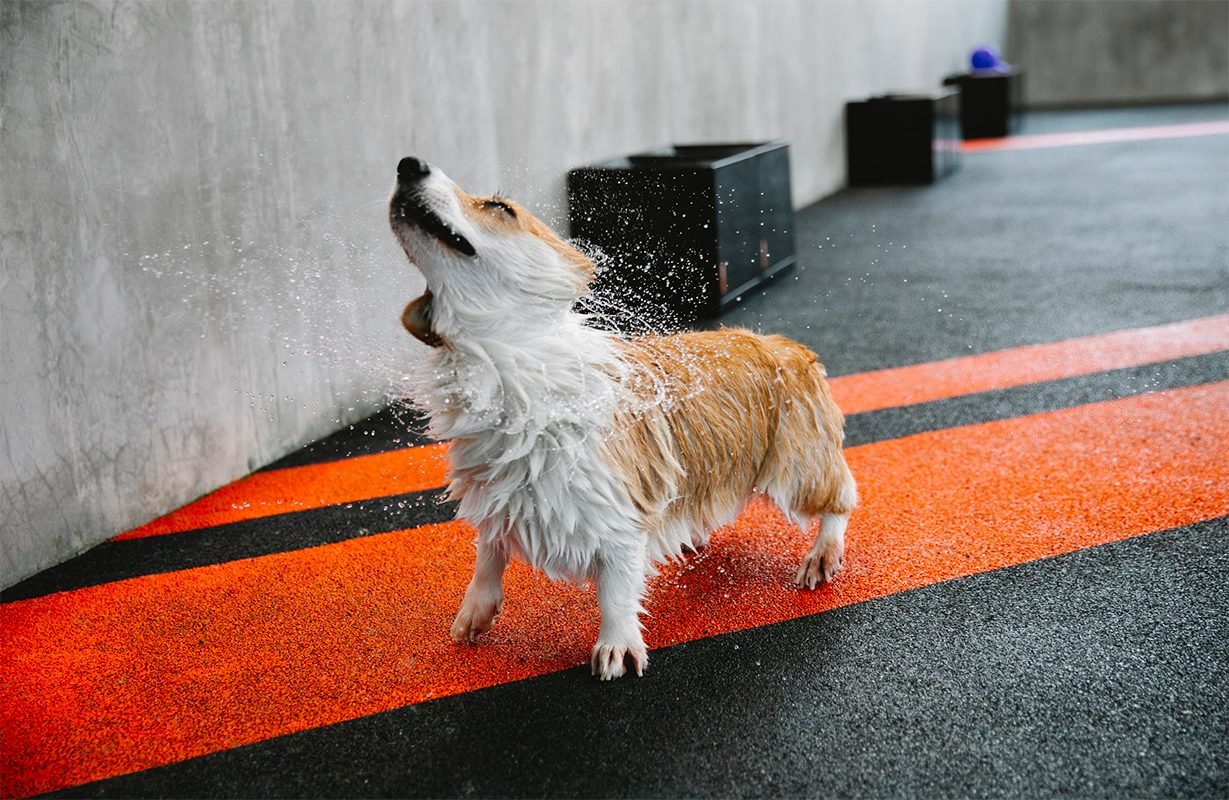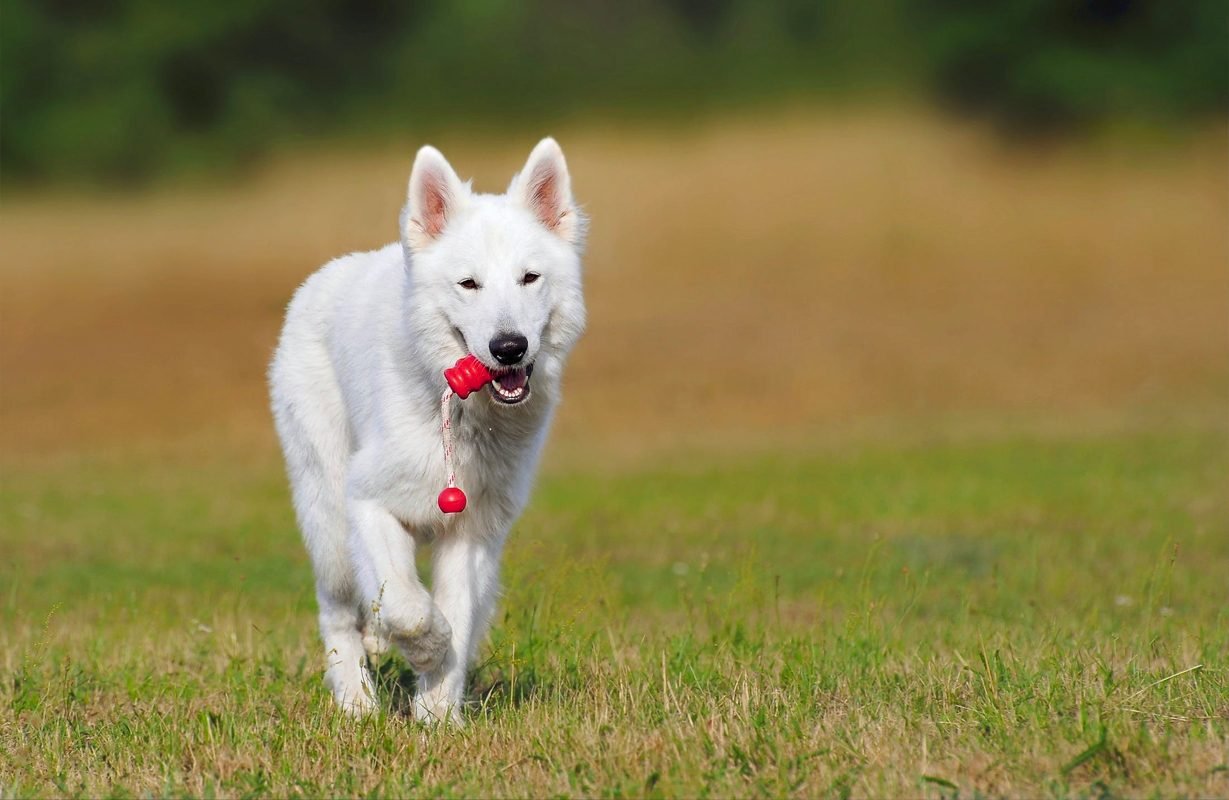When you see a cute dog on the street, in a park, or even at a friend’s house, you may ask yourself, “Can I pet that dog?” This is a common—and crucial—question. Not all dogs are at ease with strangers approaching or touching them, even though most of them may seem friendly. As dog owners, it is our duty to understand when petting a dog is appropriate and safe, as well as when it is not. We’ll look at how to read a dog’s body language, when it’s okay to pet them, how to properly ask for permission, and the reasons why some dogs may not want to be touched at all in this blog post. Regardless of your level of experience with pets or your general love for dogs, this guide will help you develop more polite, safe relationships with every dog you encounter.
Why You Should Always Ask: “Can I Pet That Dog?”
A dog is not necessarily friendly or eager to interact just because it is wagging its tail. Dogs have personal boundaries just like people do. It is considerate of both the dog and the owner to inquire before petting. It avoids awkward or even dangerous circumstances, like shocking a dog that is apprehensive or going up to one that might be reactive or recuperating from trauma.
Key Rule: Always ask the owner first.
Never approach or pet a dog just because it appears content or at ease. Ask the owner politely, “May I pet your dog?” and wait for a resounding “yes” before continuing.
Reading a Dog’s Body Language: Signs to Watch
Before you even say a word, you can sometimes learn a lot from the dog’s body language. The following are indications that a dog might be safe to pet.
-
Relaxed body posture
-
Wagging tail (loose, not stiff)
-
Open mouth or “smiling” expression
-
Ears in a neutral or relaxed position
Here are some indications that a dog might object to being touched.
-
Tail tucked between legs
-
Ears pinned back
-
Growling or snarling
-
Backing away or hiding behind the owner
-
Stiff or frozen body
It’s best to observe the dog from a distance if you see any of the second set of signs.
How to Properly Approach a Dog
Just as important as how you treat the dog is how you approach it once the owner gives you permission. This is how to do it securely.
-
Let the dog come to you.
Don’t lean over the dog or enter too quickly. Let it come to you at its own pace and sniff your hand. -
Avoid eye contact.
Direct eye contact may be interpreted as threatening in dog language. Avoid staring into the dog’s eyes and instead look close to it. -
Pet gently on safe areas.
The dog should be petted on the side of the neck, shoulder, or chest first. Until you are certain that the dog is comfortable, do not touch the top of the head or tail. -
Watch for signs of discomfort.
Stop petting right away if the dog flinches, pulls away, or begins to exhibit nervous body language.
Special Cases: When the Answer is No
Some dogs simply do not like being touched by strangers, and that’s okay. Here are some common reasons why the answer to “Can I pet that dog?” might be a respectful no:
-
The dog is in training.
-
It’s a service or working dog.
-
The dog has anxiety or a traumatic past.
-
It’s not feeling well or is recovering from an injury.
-
The owner is in a hurry or dealing with something.
If you ask someone to do something, don’t take it personally. It’s actually a sign of a true dog lover when you respect that boundary.
Teaching Kids to Ask First
If you have kids, it’s important to instill in them the value of asking permission before handling any dogs. Due to their eagerness, children may fail to recognize warning signs. Let them know.
-
Always ask the dog’s owner.
-
Wait for a “yes” before reaching out.
-
Stay calm and gentle.
-
Don’t run toward the dog or make loud noises.
Your child can learn empathy for animals and avoid mishaps by following these easy guidelines.
Conclusion: When in Doubt, Just Ask
So, can you pet that dog? You have to ask to be sure. You can never be sure, even if you’ve always loved dogs. Treat the dog with kindness and consideration, respect their personal space, and follow their owner’s instructions. Every dog is different, and some prefer to be petted and have their bellies rubbed, while others would prefer to avoid contact. If you can read the dog’s body language, always ask first, and approach calmly, you and the dog will have safe and enjoyable interactions.











